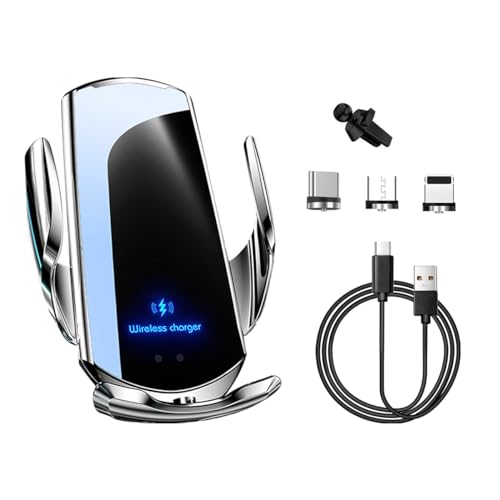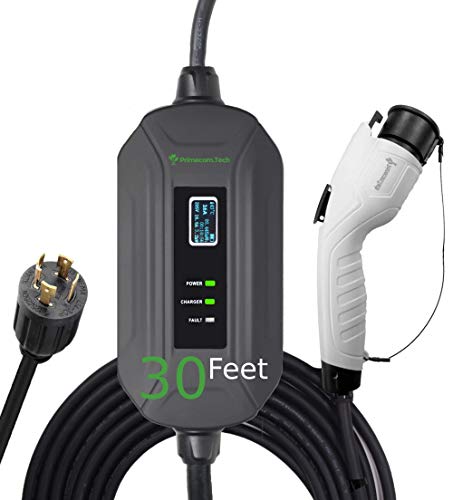Leading with this: as of this writing, no, I don't know how to properly fix the problem associated with this Alert. You Tesla owners who find this by Googling, the below may not even apply to your Model S. I'm putting this tale out in public to provide data for others do find, but I'm not claiming it's useful.
---
I've eliminated rotor liquid cooling on my LDU and had this Alert come up during the first test drive. And, now it's gone. Let me explain . . .
Monday:
My driveway is sloped to the garage, and the car is parked nose downhill. I partially installed the LDU including mounting it in the chassis, connecting coolant hoses & all electrical, filling with coolant, reconnecting 12v & HV. No axles installed, ball joints disconnected, etc. No brakes.
I ran the TPD 1.1.42 "Coolant Air Purge" for the prescribed 32 minutes, refilling the reservoir as needed. Turned on the car, shifted to Drive, and the axle receivers spun at "creep" speed, and no crazy noises were heard. Good time to stop, as it had been a looong day.
Wednesday:
I completed the LDU install (axles, etc.), and drove it late in the day. Within three miles:

Ambient temperature was 55°F: cool-ish for here.
I drove another three miles home, did not turn off the car, connected the laptop and saw this (to be clear: this is a later screenshot, which is why you see multiple Alert instances):

Notice: the IC is complaining about battery temperature, but the current Alert is Drive Unit temp imbalance. That's not confusing at all!
I asked @hokiematt for a TPD screenshot of inverter temps for a non-modified LDU, and he sent this:

. . . which are pretty close to what I see on my screenshot above (taken when I could obtain the widest ΔT readings).
Back at home, I parked the car nose uphill, re-ran the Coolant Air Purge procedure, and the reservoir level didn't drop. At all.
The car sat undisturbed Thursday.
Friday:
Switching to TPD 1.1.46 now, I attempted to use the Pump Tool (which was ineffective), walking front to back several times, feeling/listening to the pumps . . . and then I saw the reservoir: completely EMPTY. IDK whether it emptied over the course of the two days it sat, or when I was trying to work with the Pump Tool.
I refilled it, then played with the Pump Tool more, gave up and decided to go for a drive. I got in the car and was about to shift to Drive, but I then heard gurgling -- a noise I've heard before. I got out and checked the reservoir again: half-empty.
Refilled, drove 20 miles: no warnings about hot battery.
Got home, parked nose uphill, checked reservoir: lower, but not half empty. Topped up again.
For the moment, and until I can put more miles on it, I'm calling this "fixed". I have theories about the DI_w115, but they're just semi-educated guesses.
Reference to alflash's vid on the same Alert on another RAV4 EV.
I don't like to jump to second-guessing engineers' documentation . . . but this has the feel of a mismatch in software (for the RAV4 EV).
---
I've eliminated rotor liquid cooling on my LDU and had this Alert come up during the first test drive. And, now it's gone. Let me explain . . .
Monday:
My driveway is sloped to the garage, and the car is parked nose downhill. I partially installed the LDU including mounting it in the chassis, connecting coolant hoses & all electrical, filling with coolant, reconnecting 12v & HV. No axles installed, ball joints disconnected, etc. No brakes.
I ran the TPD 1.1.42 "Coolant Air Purge" for the prescribed 32 minutes, refilling the reservoir as needed. Turned on the car, shifted to Drive, and the axle receivers spun at "creep" speed, and no crazy noises were heard. Good time to stop, as it had been a looong day.
Wednesday:
I completed the LDU install (axles, etc.), and drove it late in the day. Within three miles:

Ambient temperature was 55°F: cool-ish for here.
I drove another three miles home, did not turn off the car, connected the laptop and saw this (to be clear: this is a later screenshot, which is why you see multiple Alert instances):

Notice: the IC is complaining about battery temperature, but the current Alert is Drive Unit temp imbalance. That's not confusing at all!
I asked @hokiematt for a TPD screenshot of inverter temps for a non-modified LDU, and he sent this:

. . . which are pretty close to what I see on my screenshot above (taken when I could obtain the widest ΔT readings).
Back at home, I parked the car nose uphill, re-ran the Coolant Air Purge procedure, and the reservoir level didn't drop. At all.
The car sat undisturbed Thursday.
Friday:
Switching to TPD 1.1.46 now, I attempted to use the Pump Tool (which was ineffective), walking front to back several times, feeling/listening to the pumps . . . and then I saw the reservoir: completely EMPTY. IDK whether it emptied over the course of the two days it sat, or when I was trying to work with the Pump Tool.
I refilled it, then played with the Pump Tool more, gave up and decided to go for a drive. I got in the car and was about to shift to Drive, but I then heard gurgling -- a noise I've heard before. I got out and checked the reservoir again: half-empty.
Refilled, drove 20 miles: no warnings about hot battery.
Got home, parked nose uphill, checked reservoir: lower, but not half empty. Topped up again.
For the moment, and until I can put more miles on it, I'm calling this "fixed". I have theories about the DI_w115, but they're just semi-educated guesses.
Reference to alflash's vid on the same Alert on another RAV4 EV.
I don't like to jump to second-guessing engineers' documentation . . . but this has the feel of a mismatch in software (for the RAV4 EV).



















